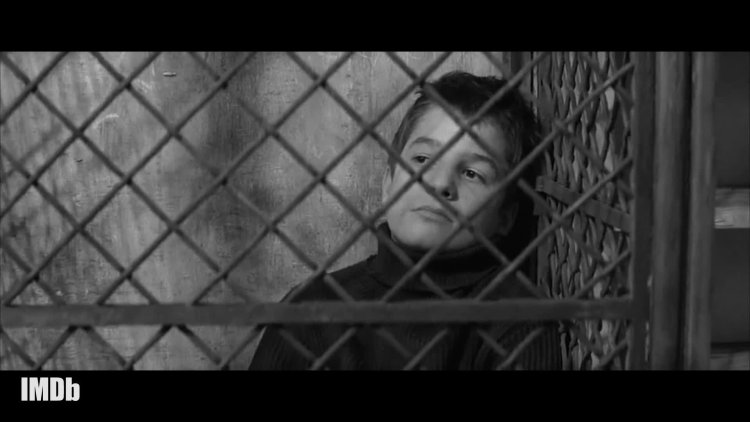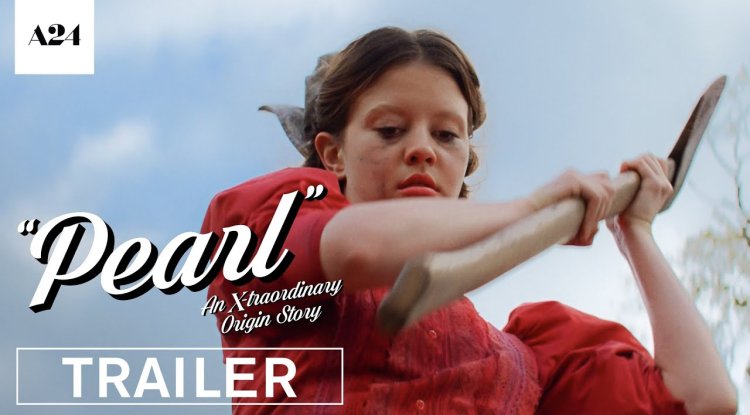'The 400 Blows' (1959)
"The 400 Blows" is a groundbreaking French film directed by François Truffaut and released in 1959. This iconic coming-of-age drama is widely regarded as one of the cornerstones of the French New Wave movement. With its raw and honest portrayal of adolescence, its innovative filmmaking techniques, and its exploration of societal constraints, "The 400 Blows" remains a powerful and influential cinematic masterpiece.

Plot and Setting
Set in 1950s Paris, "The 400 Blows" follows the story of Antoine Doinel, a young boy facing a troubled and chaotic life. The film delves into Antoine's struggles with his parents, his experiences in school, and his eventual descent into delinquency. As Antoine navigates the challenges of adolescence and attempts to find his place in a world that seems indifferent to his existence, the film offers a poignant and poignant depiction of a young boy's journey towards self-discovery.
Character Study: Antoine Doinel
The central character of Antoine Doinel, played brilliantly by Jean-Pierre Léaud, is the heart and soul of "The 400 Blows." Truffaut presents Antoine with empathy and authenticity, capturing the complexities of his emotions and the turmoil he experiences as he grapples with his troubled home life and societal pressures. Antoine's rebellious spirit and yearning for freedom resonate with audiences, making him a relatable and compelling protagonist.
Cinematic Techniques
"The 400 Blows" showcases Truffaut's innovative and influential filmmaking techniques, which became hallmarks of the French New Wave. The film employs a handheld camera style, natural lighting, and a documentary-like approach, creating an intimate and authentic atmosphere. Truffaut's use of jump cuts and improvisation adds a sense of spontaneity and realism to the storytelling, further immersing viewers in Antoine's world.
Societal Critique
Beneath its coming-of-age narrative, "The 400 Blows" offers a scathing critique of societal institutions and their impact on the lives of individuals. The film exposes the failures of the educational system, the disconnection within families, and the limitations imposed on children by authority figures. Truffaut's exploration of the stifling effects of social norms and the struggles faced by young people in conforming to societal expectations remains relevant and thought-provoking to this day.
Symbolism and Visual Poetry
Truffaut employs symbolism and visual poetry throughout "The 400 Blows" to enhance the storytelling and convey deeper meaning. The film's recurring motifs, such as Antoine's obsession with Balzac and the recurring shot of his running, symbolize his longing for escape and his search for meaning. Truffaut's masterful use of visual composition and evocative imagery adds layers of emotion and resonance to the narrative, creating a lasting impact on the viewer.
Cultural and Historical Significance
"The 400 Blows" holds immense cultural and historical significance, both within the context of French cinema and the global film landscape. As one of the pioneering films of the French New Wave, it challenged conventional filmmaking norms, ushering in a new era of independent and personal cinema. Truffaut's innovative storytelling techniques and his exploration of the complexities of youth and societal constraints have left a lasting influence on filmmakers worldwide.
Also Check Nvidia: Lovelace and Hopper Successors Leaked?
Conclusion
"The 400 Blows" remains a powerful and influential film that continues to captivate audiences with its honest portrayal of adolescence and its critique of societal institutions. Truffaut's masterful direction, Jean-Pierre Léaud's unforgettable performance, and the film's artistic and cinematic achievements have solidified its place as a timeless classic. As a poignant exploration of the human experience, "The 400 Blows" stands as a testament to the transformative power of cinema and the enduring impact of a well-told story.





























